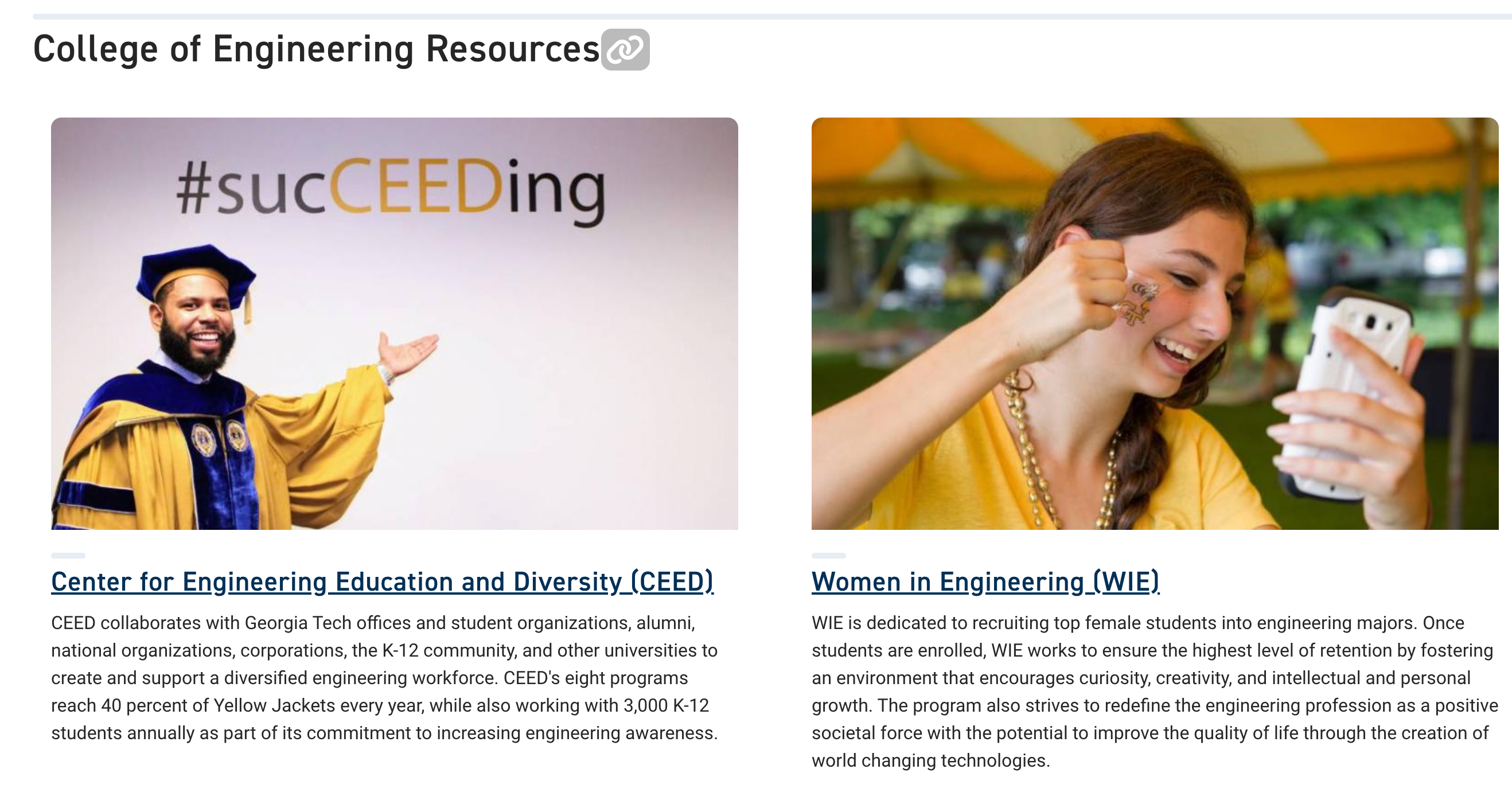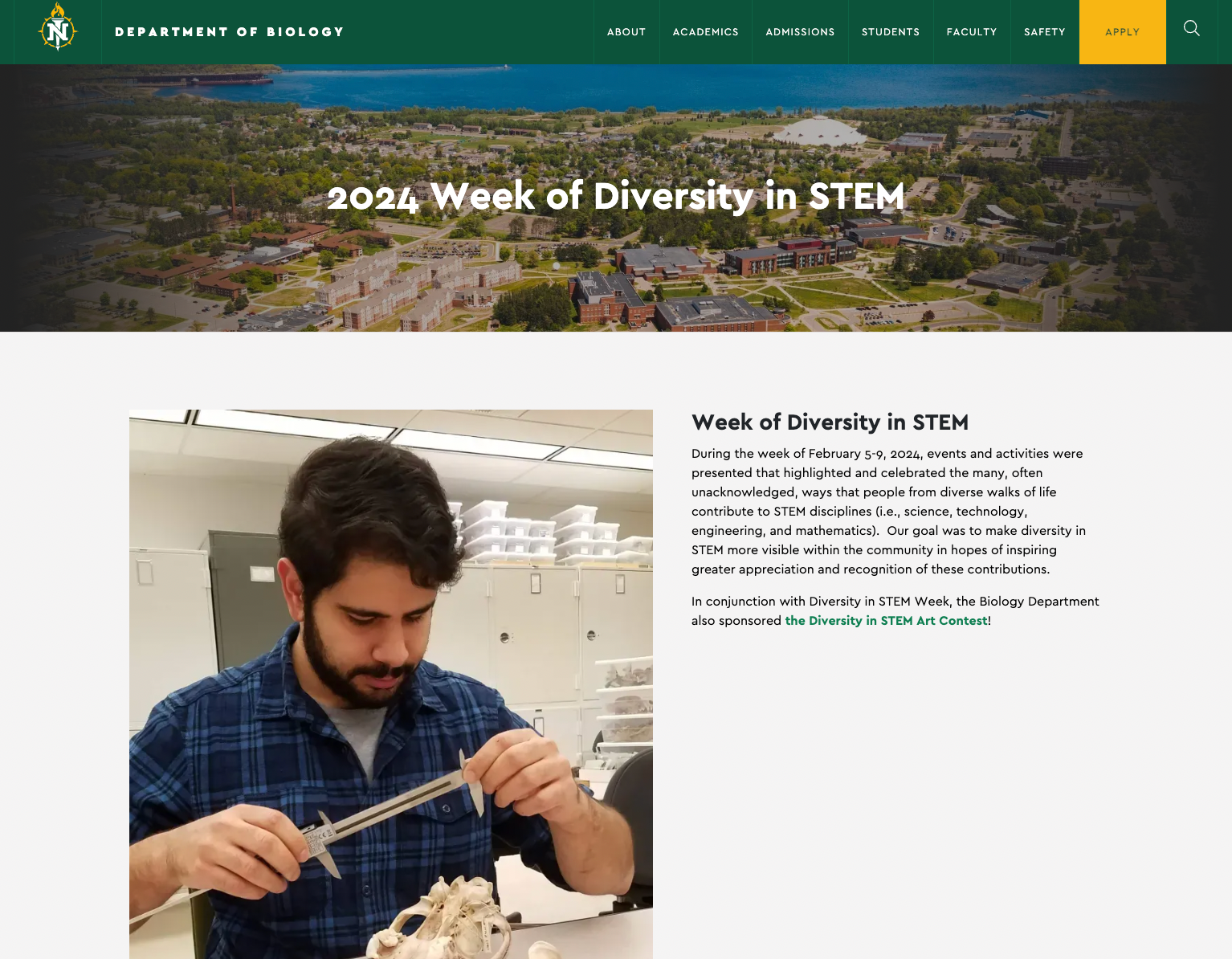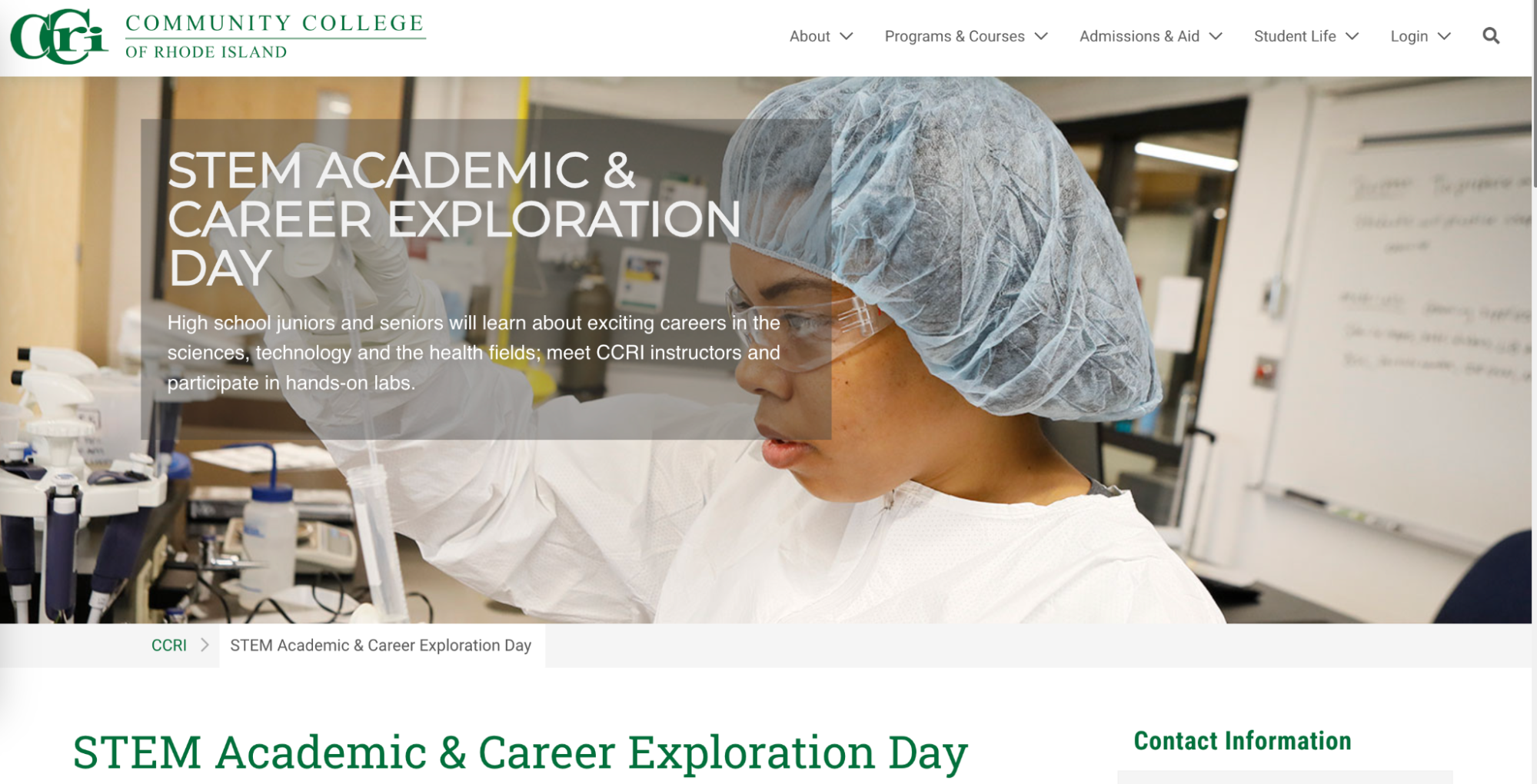STEM (Science, Technology, Engineering, and Mathematics) fields continue to be among the most sought-after disciplines, driven by growing demand for tech-savvy, innovative graduates.
According to the Bureau of Labor Statistics, STEM occupations are projected to grow, with median wages significantly higher than average.
But while countries like China and India are seeing a huge boost in STEM enrollment, preparing their students for fast-growing industries, the US and Europe are lagging.
Highlighting the exciting career opportunities and cutting-edge research in STEM fields could attract more prospective students interested in these high-growth, high-earning career paths, ensuring you stay relevant in training future innovators and problem-solvers.
But how do you do it?
For universities, marketing STEM courses to prospective students requires creativity, authenticity, and a clear demonstration of value.
There are several strategies you can use. This week, we look at seven ways universities and colleges are marketing their STEM offering to prospective students.
1. Highlight career opportunities and job security
STEM fields are often associated with high-paying jobs and job security, making it crucial to highlight these career benefits in your marketing campaigns.
Show prospective students that enrolling in STEM programs leads to promising career opportunities.
You can highlight the value of a STEM education by showing industry demand for STEM graduates, competitive salaries, and job placement rates, and leverage your alumni network and industry connections to promote your programs.
For example, you could showcase success stories of alumni working in industry, emphasizing how STEM education at your school leads to high-profile careers. You could also include statistics on job placements and average starting salaries.
Montana University Systems, for example, highlights career options for students studying in Montana, along with a career quiz to help them choose their program based on the job they’d like.
In another example, Southern New Hampshire University features videos showing off their School of Engineering, Technology, and Aeronautics and testimonials from students on their STEM career information and salary expectations.
2. Feature cutting-edge research and innovation
STEM students are drawn to programs that offer opportunities to work on groundbreaking research or innovative projects.
By showcasing your university’s involvement in cutting-edge research, you can attract prospective students eager to make an impact in their field.
For example, you could highlight high-profile research initiatives, such as breakthroughs in artificial intelligence or sustainability—both topics of interest to the next cohort of university applicants.
You could include faculty and students who are working on globally impactful research, creating a sense of prestige and excitement.
If you focus on research opportunities and innovation within your STEM programs, you can show how students can contribute to real-world problem-solving and cutting-edge discoveries.
Massachusetts Institute of Technology (MIT), for example, has an entire news section dedicated to articles, research findings, and updates related to science, technology, engineering, and mathematics education.
They highlight innovative teaching methods, educational initiatives, and the impact of STEM education on students and society.
3. Use student and alumni testimonials
Hearing from current students and successful alumni can be a powerful motivator for prospective students. Personal stories can humanize the STEM field, making it feel more accessible and inspiring.
Running student-driven campaigns that feature short videos and blog posts from alumni or students currently studying STEM disciplines who talk about why they chose the university, their experiences with faculty, and the real-world applications of their studies and be true authentic voices that can sway young prospective students.
Showcase authentic voices from students and alumni to create relatable narratives about the benefits and experiences of pursuing STEM degrees at your university.
Northern Arizona University, for example, offers student testimonials in their video on STEM scholarships. NAU, supported by an NSF grant, offers S-STEM scholarships of up to $10,000 annually to nine students in engineering or computer science who demonstrate financial need.
Beyond funding, the program also provides mentorship, professional development, research opportunities, and internships, helping students thrive academically and prepare for successful careers.
University of Washington also use testimonials to demonstrate initiatives to increase diversity within STEM fields to support underrepresented students in science, technology, engineering, and math by creating inclusive learning environments and promoting equitable access to resources.
Testimonials that show efforts for STEM to better reflect the diversity of society can have enormous power.
4. Promote hands-on learning and internships
STEM students expect practical experience alongside their academic education.
Highlighting internships, lab work, and industry partnerships can help your university stand out.
The University of California, Berkeley market their engineering and science marketing campaigns focused on hands-on learning and real-world experience with internship opportunities with leading companies.
Berkeley’s marketing materials frequently spotlight these collaborations, creating an appealing narrative for tech-focused students.
If you can demonstrate the practical experiences students will gain, from internships to lab-based learning, and how these opportunities prepare them for their future careers, you can capture their interest.
University of Nebraska targets middle schoolers and high schoolers by showcasing the variety of careers available with STEM degrees with testimonials from students and alumni as well as summer camps and other initiatives designed to familiarize students with the field.
During the summer, Keck Graduate Institute (KGI) offers a select number of unpaid internship opportunities for highly motivated and academically talented high school students interested in pursuing careers in science or engineering.
It also aligns with their Summer Undergraduate Research Experience (SURE) program, allowing students to engage in SURE activities, including seminars and workshops.
5. Showcase diversity and inclusivity in STEM
STEM fields have historically struggled with diversity, and many prospective students look for programs where they feel supported and included.
Highlighting diversity initiatives and showcasing successful students from underrepresented groups can resonate strongly with prospective students.
Making diversity and inclusivity in STEM a key element of your marketing efforts, ensuring that prospective students from all backgrounds feel welcome and supported, can have real impact.
Georgia Institute of Technology (Georgia Tech), for example, actively promotes its commitment to diversity in STEM through its marketing.
Their website features initiatives such as scholarships for women and minorities in STEM and support programs designed to increase representation. They also share stories of students from diverse backgrounds to foster a more inclusive narrative.
Northern Michigan University, for example, holds an annual “Week of Diversity in STEM”, where they host a series of events and activities that celebrate the diverse contributions of individuals from various backgrounds in STEM, raising awareness and appreciation for the ways diversity enriches these disciplines.
6. Leverage social media to engage and educate
Social media is an invaluable tool to directly engage with prospective students, allowing you to share success stories, answer questions, and create interactive content.
You can use social media to promote your STEM programs by showcasing behind-the-scenes lab tours, student projects, and faculty interviews.
Victoria University of Wellington actively use platforms like Instagram to showcase STEM projects and courses in an engaging, visual format. They feature STEM students and faculty to offer an insider’s view of their STEM programs, as well as open STEM days and other events.
Using social media to foster a direct connection with your audience can go a long way.
For their part, University of Glasgow have a dedicated STEM Instagram account to promote their programs.
7. Emphasize scholarships and financial aid
The cost of higher education can be a barrier for many students, and STEM programs are no exception. Promote the availability of scholarships, grants, and financial aid specifically targeted toward STEM students to make your programs more appealing.
In the US, the S-STEM program (Scholarships in Science, Technology, Engineering, and Mathematics), funded by the National Science Foundation, provides scholarships to academically talented students in STEM fields and also supports universities and colleges that provide comprehensive support services, academic advising, and mentorship programs to students.
Make sure prospective students know about scholarships and financial aid options that can support their STEM education, and emphasize how this financial backing can make your program more attainable.
University of Texas at Austin markets its dedicated STEM scholarships for underrepresented students and first-generation college students. Their marketing campaigns highlight how financial support can help alleviate the cost of pursuing a STEM degree, making their programs more accessible.
Klesse College of Engineering and Integrated Design at University of Texas at San Antonio also promote their STEM scholarships through student testimonials.
Why not also take advantage of the annual National STEM/STEAM Day, celebrated every year on November 8 to market your STEM programs and encourage to young students to explore their interests in the field.
National STEM/STEAM Day takes place every year on November 8, and universities can make the most of this day—as Community College of Rhode Island does—to bring in young students on campus to explore the programs your institution offers, just
Do you have a special marketing program and activities geared towards STEM recruitment?

:format()//media/How-to-market-STEM-course-at-higher-education-RQ.png)













